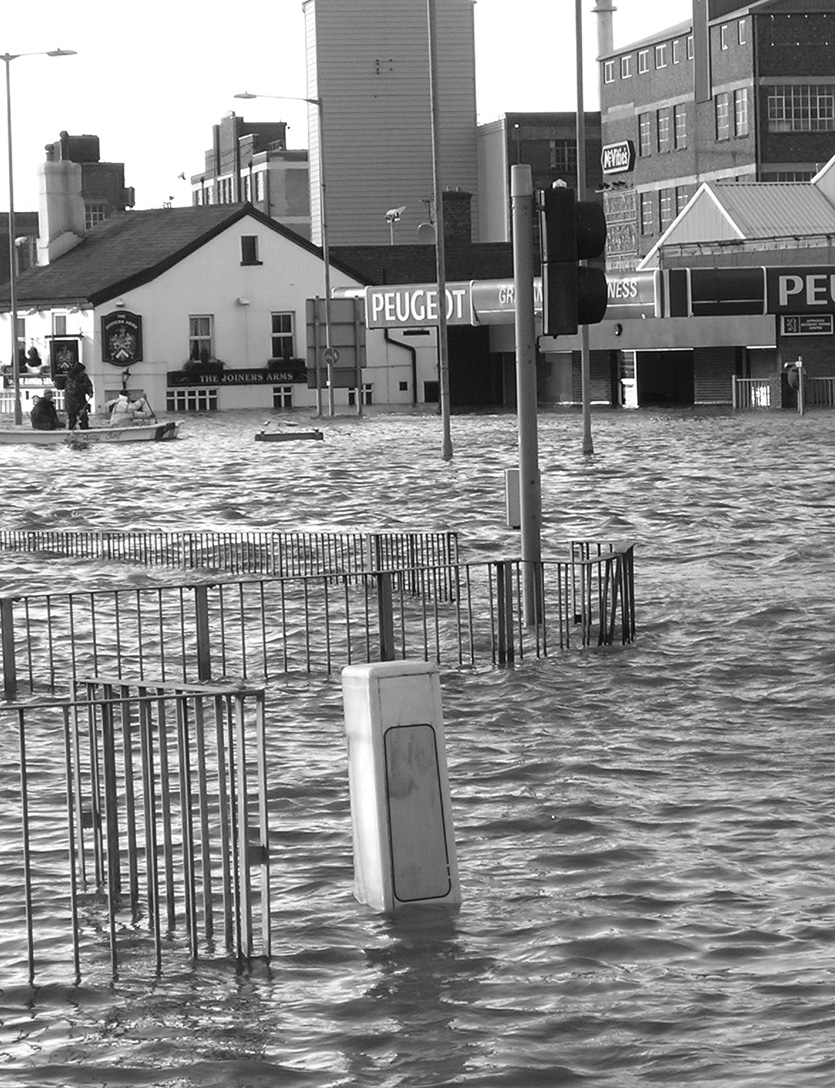
Water damage caused by floods can wreak havoc on homes, leading to structural harm, mold growth, and financial losses. However, with strategic planning and preventative measures, homeowners can significantly mitigate the risks of flooding and control potential water damage. This article presents a comprehensive guide to flood prevention and water damage control to safeguard your home and belongings.
Understanding Flood Risks
- Assess Your Risk: Understand your property’s vulnerability to flooding by examining its location, proximity to water bodies, and past flood history.
- Identify Potential Entry Points: Determine how water could enter your home, including through doors, windows, and basement entryways.
Preventative Measures
- Landscaping Solutions:
- Grade the landscape away from the foundation to prevent water from pooling around your home.
- Install French drains or redirect water through proper landscaping to channel it away from the house.
- Waterproofing and Sealing:
- Seal cracks in the foundation and walls to prevent water seepage.
- Apply waterproof coatings to basement walls and use flood-resistant materials where possible.
- Sump Pumps and Backup Systems:
- Install a sump pump in the basement to remove water and consider a backup power system in case of electrical outages during flooding.
- Elevating Utilities:
- Elevate electrical outlets, switches, and appliances above potential flood levels to minimize damage.
Emergency Plans
- Create a Home Emergency Kit:
- Include important documents, emergency supplies, and a plan for evacuation.
- Insurance Coverage:
- Review your insurance policy to ensure it covers flood damage. Consider additional flood insurance if necessary.
During a Flood
- Monitor Alerts and Evacuation Orders:
- Stay informed about weather updates and evacuation orders.
- Protect Belongings:
- Move valuable items, electrical equipment, and furniture to higher levels to minimize damage.
Water Damage Control
- Immediate Action:
- After a flood, act quickly to remove standing water and initiate drying procedures to prevent mold growth.
- Professional Assessment:
- Contact restoration professionals for a thorough assessment and mitigation of water damage.
- Mold Prevention:
- Ensure thorough drying and ventilation to prevent mold growth. Professional mold remediation may be necessary.
Flood prevention and water damage control are vital aspects of maintaining a safe and secure home. By implementing proactive measures, preparing for emergencies, and promptly addressing water damage, homeowners can significantly reduce the risks associated with flooding and protect their homes and possessions. Remember, a combination of preventative measures, emergency planning, and swift action in the event of a flood can make a substantial difference in mitigating water damage and preserving the integrity of your home.
